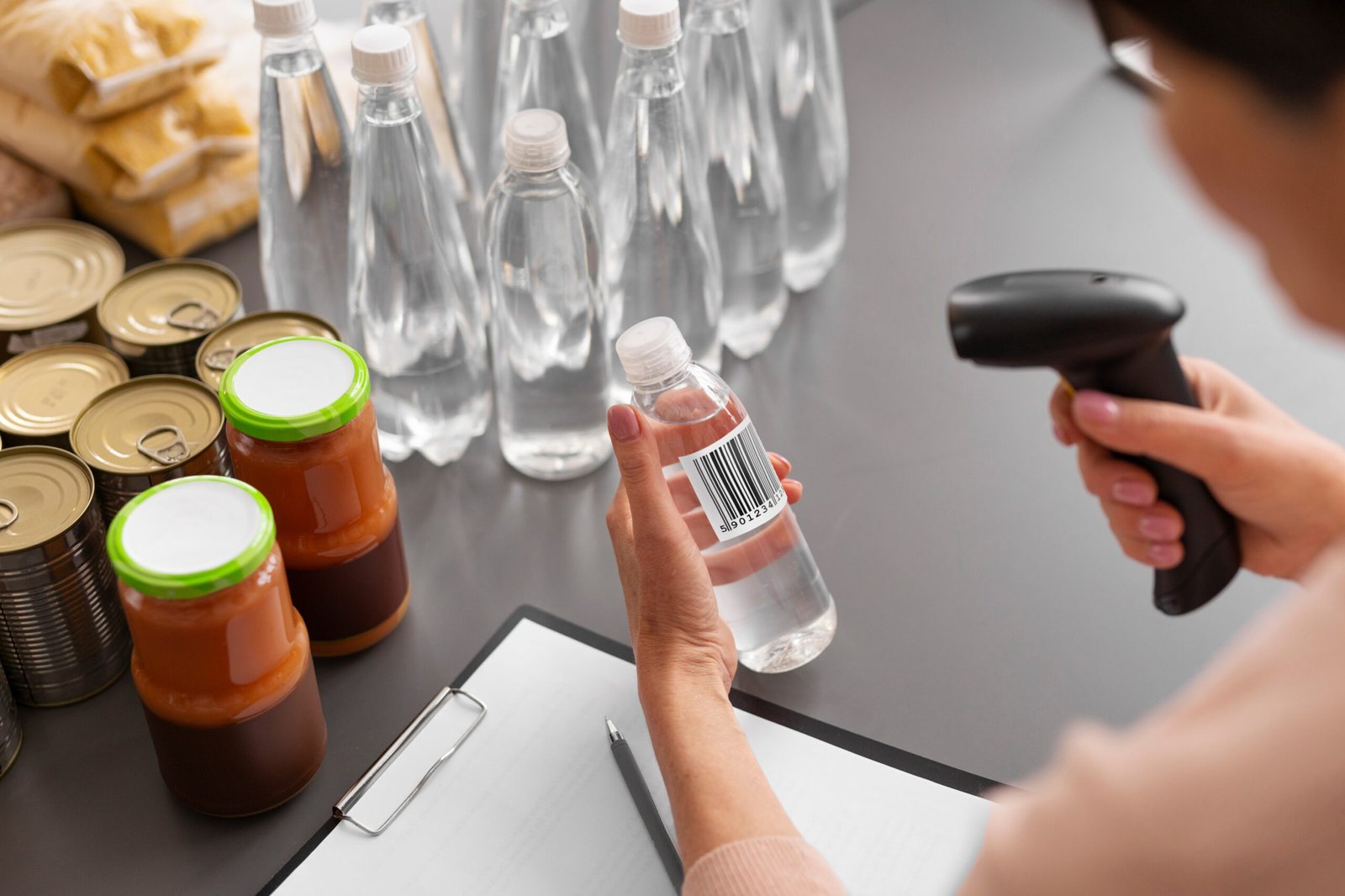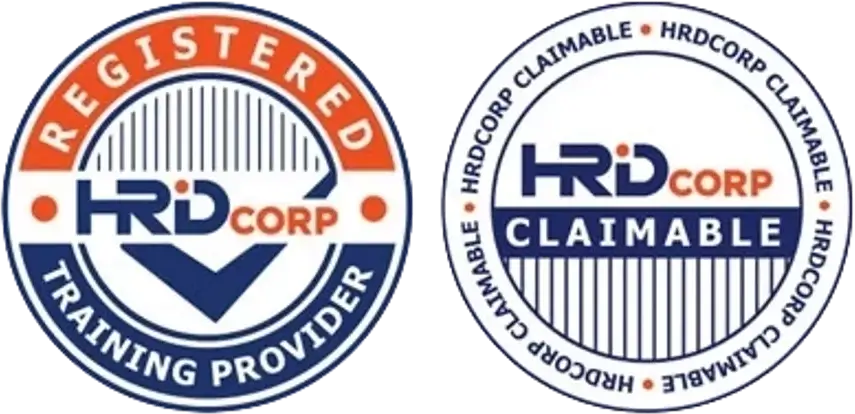How Much Does HACCP Cost?
Implementing a Hazard Analysis and Critical Control Points (HACCP) system is a valuable investment for food businesses, but it does come with associated costs. This blog breaks down the potential expenses involved in adopting HACCP, presented in 70% point form to enhance your website’s SEO.

Understanding the Cost of HACCP
1. Factors Influencing HACCP Costs
- Business Size: Larger companies may incur higher costs due to more extensive operations.
- Complexity of Processes: Businesses with intricate food production processes may require more resources.
- Existing Systems: Companies with basic food safety measures in place may have lower costs compared to those starting from scratch.
- Type of Food Products: Certain high-risk foods (e.g., seafood, dairy) may need more rigorous controls.
- Staff Training Needs: Costs increase if significant training is required for employees.
2. Cost Components
- Initial Assessment:
- Hiring consultants to evaluate existing food safety practices.
- Conducting gap analyses to identify areas for improvement.
- HACCP Plan Development:
- Creating the HACCP plan tailored to the business’s needs.
- Identifying Critical Control Points (CCPs).
- Training Costs:
- Training staff on HACCP principles and procedures.
- Ongoing refresher courses and certifications.
- Implementation Costs:
- Purchasing monitoring equipment (e.g., thermometers, pH meters).
- Upgrading facilities to meet HACCP standards.
- Documentation and Record-Keeping:
- Establishing systems for maintaining detailed records.
- Certification Fees:
- Fees charged by certification bodies for audits and HACCP certification.
- Maintenance and Verification:
- Periodic system reviews and updates.
- Costs for third-party audits and inspections.
3. Estimated Costs by Business Size
- Small Businesses:
- Can range from $3,000 to $10,000 for initial setup.
- Annual maintenance costs: $1,000 to $5,000.
- Medium-Sized Businesses:
- Initial costs: $10,000 to $50,000.
- Annual costs: $5,000 to $20,000.
- Large Corporations:
- Initial costs: Over $50,000.
- Annual costs: $20,000 or more.
4. Cost-Saving Tips
- Leverage Government Grants: Check for food safety grants or subsidies in your region.
- Use In-House Expertise: Train existing staff instead of relying solely on consultants.
- Adopt Scalable Solutions: Start small and expand the HACCP program as needed.
- Invest in Technology: Use automated monitoring tools to reduce manual labor.

Is HACCP Worth the Investment?
1. Benefits Outweigh Costs
- Enhanced Food Safety: Reduces contamination risks and improves consumer trust.
- Regulatory Compliance: Avoids fines and penalties for non-compliance.
- Market Access: Certification is often required for international trade.
- Brand Reputation: Demonstrates commitment to quality and safety.
2. Long-Term Savings
- Prevents costly product recalls.
- Reduces waste and inefficiencies in production.
The cost of implementing HACCP varies depending on factors like business size, complexity, and existing systems. While initial expenses can be significant, the long-term benefits of improved food safety, compliance, and consumer trust make it a worthwhile investment. Businesses should carefully assess their needs and explore cost-saving strategies to maximize the value of their HACCP implementation.


